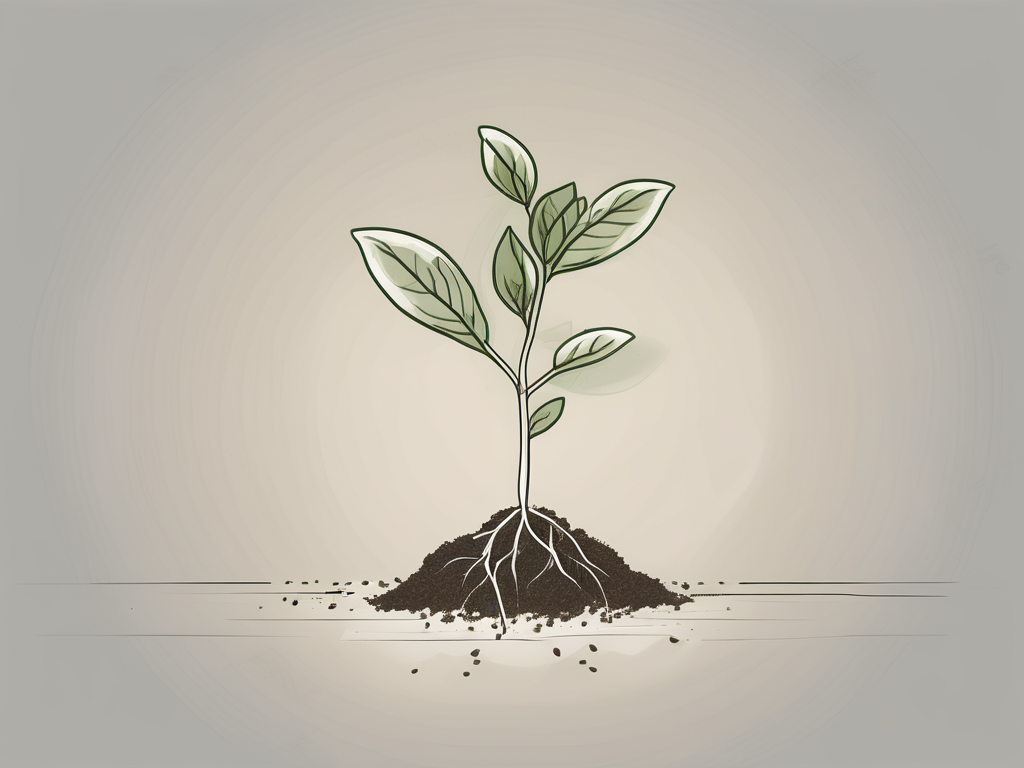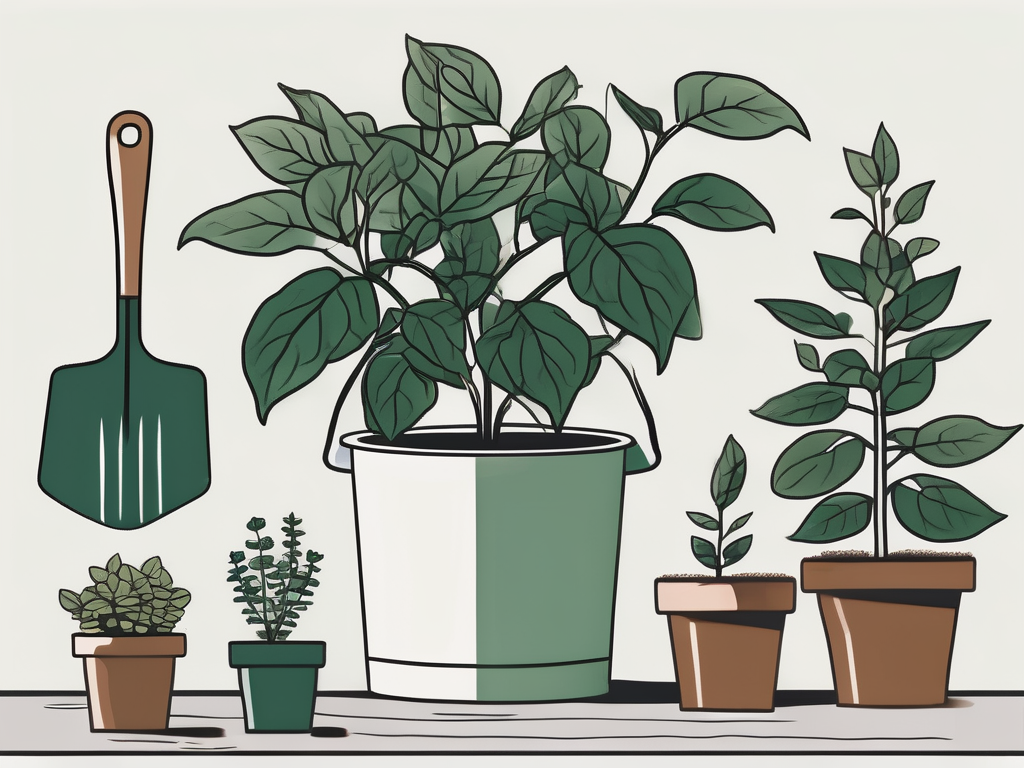
So, you've just repotted your English Ivy, and instead of perking up, it's doing the opposite—wilting! It's like your plant is throwing a little tantrum. Before you start panicking and thinking it's all over for your leafy friend, let's unpack what's going on here. Repotting can be a shock to the system for any houseplant, and English Ivy is no exception.
In this article, we'll shed some light on the possible reasons your English Ivy might be wilting after its big move. We'll dive into several factors, from root damage to changes in environment, and offer some practical tips to help you nurse your plant back to health. Ready to become the ivy whisperer? Let's get started!
Understanding Repotting Shock
First things first—what exactly is repotting shock? Imagine if someone moved your entire house while you were still in it. You'd probably feel a bit off, right? Plants experience something similar when they're uprooted and placed in a new pot. Repotting shock is a common response to the stress of being moved, and it can cause plants to wilt, droop, or even shed leaves.
This shock happens because repotting often disturbs the plant's roots, which are crucial for taking up water and nutrients. When the roots are damaged or not settled in their new environment, the plant can't function optimally. English Ivy is pretty resilient, but even it can feel the stress of a move. Knowing this, let's explore how to minimize this stress and help your ivy adjust to its new home.
Root Damage: A Common Culprit
During repotting, it's easy to accidentally damage the roots of your English Ivy. Roots are delicate and, when handled roughly, can break or suffer from abrasions, which hampers their ability to absorb water and nutrients. This damage can lead to wilting as the plant struggles to meet its own needs.
To avoid this, always handle the roots gently during repotting. If the root ball is tightly wound, you might need to loosen it slightly with your fingers. Be careful not to tug or yank the roots apart. If you notice any damaged or rotten roots during repotting, trim them off with clean scissors to prevent further issues.
After repotting, give your plant some time to recover. Avoid fertilizing immediately, as this can add extra stress. Instead, focus on providing the right amount of water and maintaining a stable environment to help your ivy bounce back.
Choosing the Right Pot and Soil
Believe it or not, the pot and soil you choose can make a big difference in how well your English Ivy adapts after repotting. Let's talk pots first. Size matters—a lot! If the pot is too large, the soil will retain too much moisture, which can lead to root rot. On the other hand, a pot that's too small won't give your ivy enough room to grow.
As a rule of thumb, go for a pot that's one to two inches larger in diameter than the current one. This gives the roots just enough room to spread without drowning in excess soil. Make sure the pot has drainage holes to prevent water from pooling at the bottom.
When it comes to soil, English Ivy isn't too picky, but it prefers a well-draining mix. You can use a standard potting mix, but adding some perlite or sand can improve drainage. This is key to preventing waterlogged roots, which can contribute to wilting.
Watering Wisely
Watering is another factor that can make or break your ivy's recovery post-repotting. Overwatering is a common mistake that leads to wilting due to root rot. Conversely, underwatering can leave your plant parched and wilting as well.
So, how do you get it just right? The trick is to water deeply but infrequently. Wait until the top inch of soil feels dry to the touch, then water thoroughly. Ensure excess water drains away completely. This method encourages the roots to grow deeper in search of moisture, strengthening the plant.
Remember, after repotting, your ivy might need a little less water than usual. The roots are still settling in, and the new soil may retain moisture differently than the old one. Keep a close eye on the soil's moisture level and adjust your watering routine accordingly.
Adapting to New Light Conditions
Moving your English Ivy to a new pot may also mean a change in its location and light exposure. Light is crucial for photosynthesis, and too much or too little can cause wilting. English Ivy typically prefers bright, indirect light. Direct sunlight can scorch the leaves, while too little light can lead to leggy growth and wilting.
If you've moved your plant to a new spot, observe how it responds to the light conditions. If the leaves are turning brown or crispy, it might be getting too much sun. On the flip side, if the stems are stretching toward the light, it might not be getting enough.
Try to find a location that mimics the light conditions your ivy enjoyed before repotting. If that's not possible, consider using sheer curtains to diffuse direct sunlight or supplementing with a grow light if natural light is insufficient.
Temperature and Humidity Considerations
Temperature and humidity are often overlooked factors that can affect your English Ivy's health. These plants prefer cooler temperatures, ideally between 50-70°F (10-21°C). If your ivy is wilting, it might be exposed to temperatures that are too high or too low.
Similarly, humidity plays a role. English Ivy thrives in moderate humidity levels. If the air in your home is too dry, particularly in winter, the leaves can dry out and wilt. You can raise humidity levels by misting the leaves occasionally or placing the pot on a tray filled with pebbles and water.
Keep in mind that sudden changes in temperature or drafts can also cause stress. Avoid placing your ivy near heating vents, air conditioners, or drafty windows. A consistent environment is key to helping your plant recover from repotting.
Pests: The Uninvited Guests
While it might not be the first thing that comes to mind, pests can also be a reason for wilting after repotting. Sometimes, the stress of repotting can make your plant more susceptible to unwanted visitors like spider mites, aphids, or mealybugs.
These pests can sap the life out of your plant, literally, by feeding on its sap. If you notice any tiny bugs on the undersides of the leaves or a sticky residue on the plant, it's time to take action.
Start by isolating the affected plant to prevent the pests from spreading. You can remove some pests manually or wash them off with a gentle spray of water. For more stubborn infestations, consider using insecticidal soap or neem oil. Regularly check your plant for signs of pests, especially after repotting, to catch any problems early.
Patience and Care: The Ultimate Remedies
Sometimes, the best remedy for wilting after repotting is simply patience. Plants need time to adjust to their new environment, and English Ivy is no different. Keep providing consistent care and resist the urge to make drastic changes if you don't see immediate improvement.
Maintain a regular watering schedule, ensure it's receiving adequate light, and keep an eye on temperature and humidity levels. Encourage healthy growth by gently wiping the leaves with a damp cloth to keep them dust-free and able to photosynthesize efficiently.
Repotting can be a stressful experience for both you and your plant, but with a little patience and care, your English Ivy can bounce back stronger than ever. Remember, every plant is unique, and what works for one might not work for another. Stay observant and adjust your care routine as needed.
Final Thoughts
We've covered a lot about why your English Ivy might be wilting after repotting, from repotting shock and root damage to environmental factors and pest issues. Each of these elements can play a role, and understanding them can help you nurse your plant back to health.
At Cafe Planta, we believe that plant care is a journey, and we're here to help you every step of the way. If you have any questions about your plants, feel free to email us or send a message on Instagram. Let's connect and grow our love for plants together!












